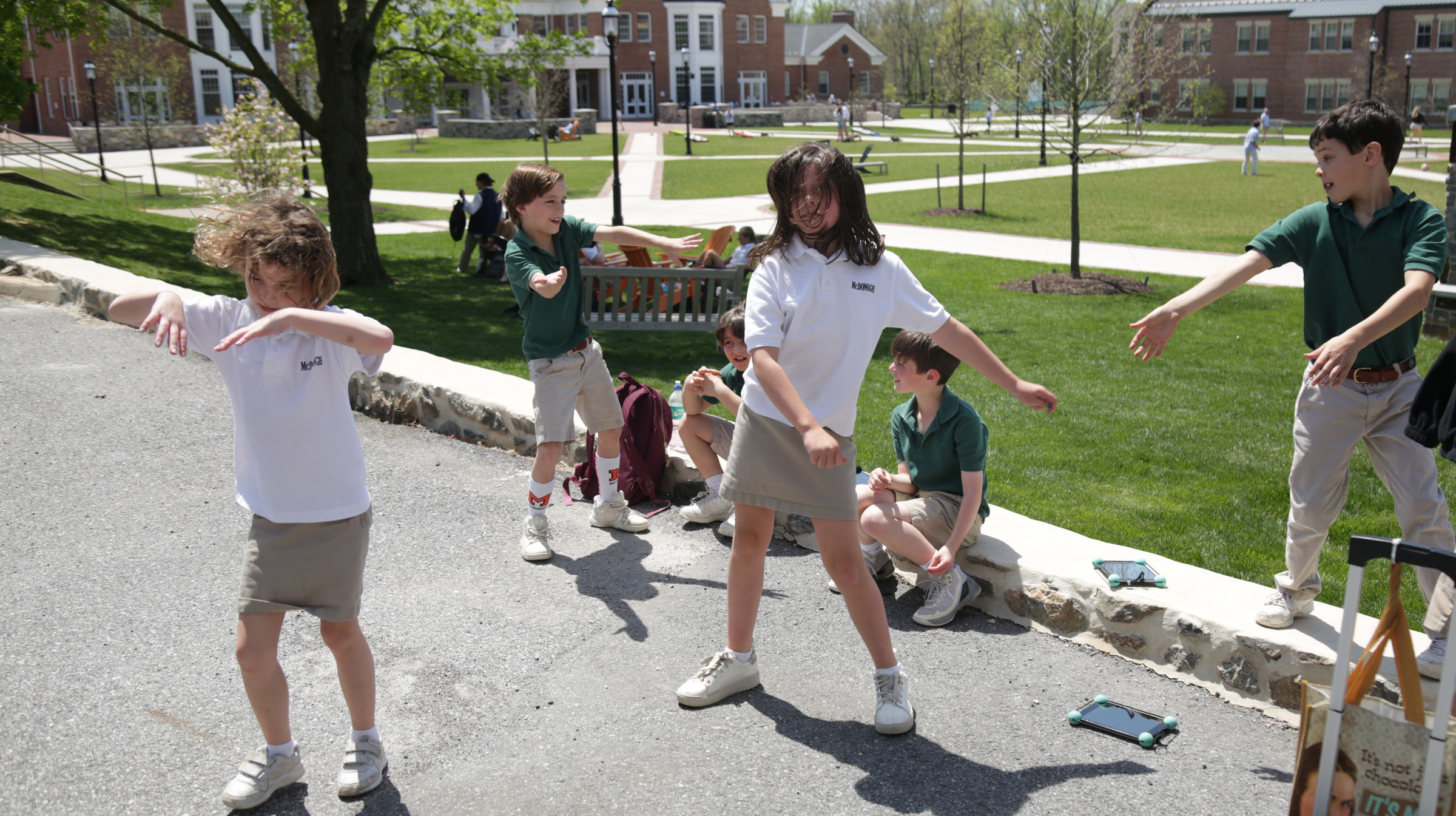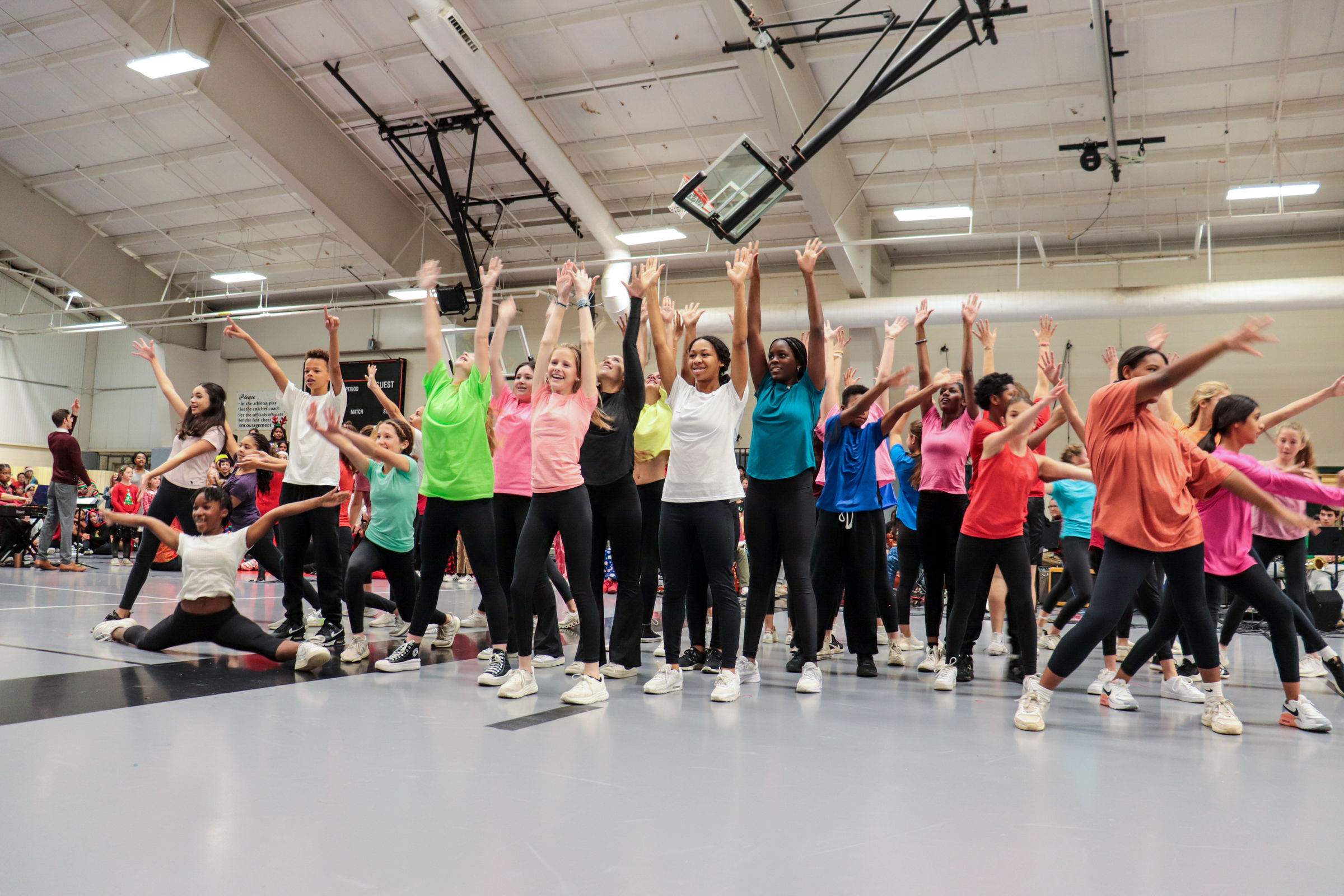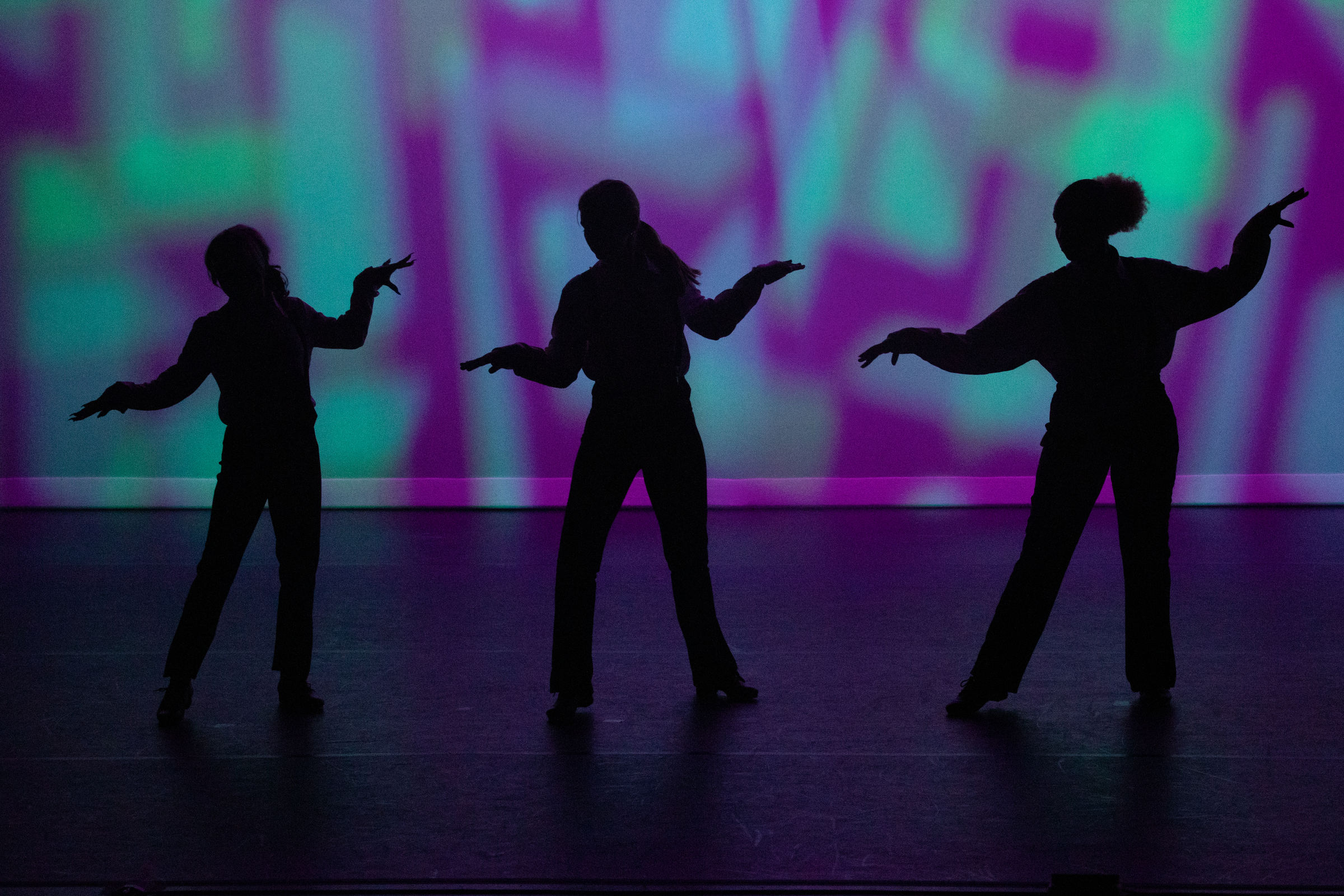Upper School
The Upper School dance curriculum provides creative and challenging opportunities for dancers of all abilities and interests. The program focuses on modern/contemporary, ballet, jazz, and hip hop. It also includes units in tap, post-modern, and African dance techniques. Students compose their own choreography, resulting in a creative and cooperative environment that challenges students to become artists and create meaning through movement. This collaboration is furthered during studio performances where students perform their work for their classmates, the school, and beyond (with annual field trips to assisted living facilities and local dance festivals). As the program progresses, students are given increasing autonomy, allowing them more freedom of self-direction and self-discovery. The annual dance concert is open to all upper schoolers, not just those enrolled in dance courses, and it is a showcase of talent choreographed by students, faculty, and guest artists.



